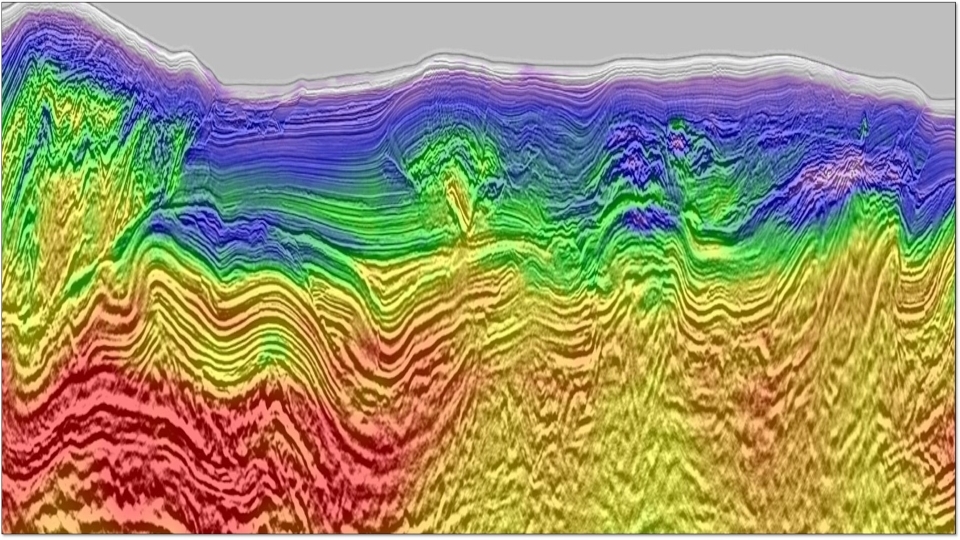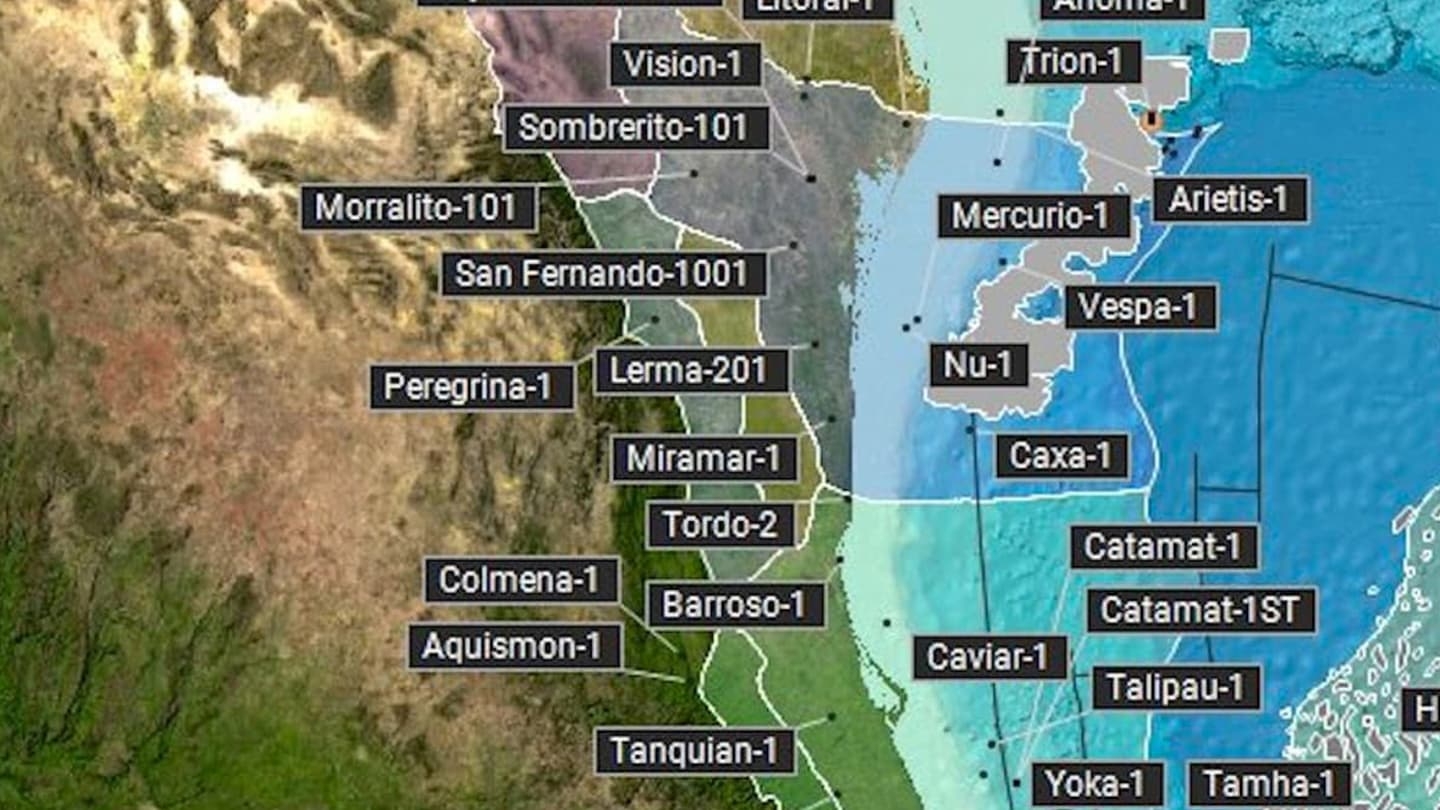Technical Abstract
Towards more accurate reservoir imaging using FWI: An OBN case study at Trion
Back to Technical ContentThe Trion field in the western Gulf of Mexico (GoM) exhibits folded sediment beddings and strong attenuation bodies, which pose great challenges for seismic imaging. After a decade of processing effort employing the latest imaging technology, the available towed-streamer data for this area hit a technical limit. Improvements to velocity models and images were incremental, and it was determined that better data were needed to make a step change in image quality. To this end, an ocean bottom node (OBN) acquisition was carried out in late 2020 to record full- azimuth and long-offset seismic data with good low- frequency content. Time-lag FWI (TLFWI) using this OBN data was able to improve the tilted orthorhombic (T-ORT) velocity models, which led to better migrated images from least-squares (LS) Kirchhoff and reverse time migration (RTM). However, the reservoir image below the shallow absorption anomalies remained unsatisfactory. As an alternative imaging product, the FWI Image from TLFWI showed better structural continuity and more coherent amplitudes at the reservoir than LS-Kirchhoff or LSRTM.
Download Resource 
Publications
SEG - Society of Exploration GeophysicistsAuthors
Zhen Wang, Meisen Mei, Zhuocheng Yang (CGG) ; Joakim Blanch, Ezequiel Genova, Juan-Mauricio Florez-Nino, Humberto Salazar-Soto, Alfredo Vazquez-Cantu (PEMEX)





